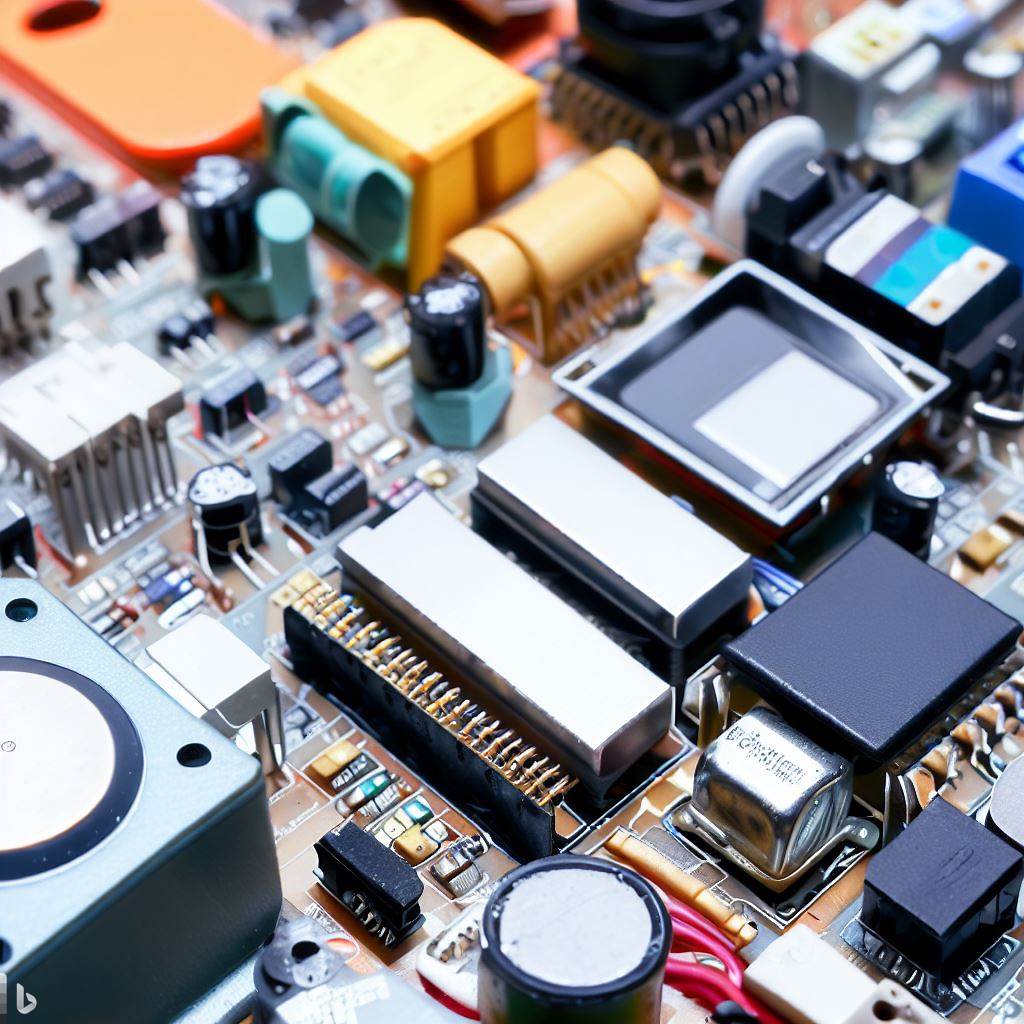Electronics Components 101: A Beginner’s Guide for Makers
Introduction
Embarking on the journey of becoming a maker means diving into the world of electronics. This article aims to help beginners familiarize themselves with essential electronic components and understand their role in various projects.
Fundamental Electronic Components
Resistors
Resistors are passive parts that regulate the flow of current in a circuit. They are available in diverse types and values. Learning how to read their color bands is crucial to determine their resistance.
Capacitors
Storing and releasing electrical energy is the primary function of capacitors. They come in various forms, like ceramic, electrolytic, and tantalum, each with distinct properties. Learning how to read their values and understanding their applications is important.
Diodes
Diodes are like one-way valves for electricity, permitting current to flow in only one direction. There are different diode types, such as LEDs (light-emitting diodes) and rectifier diodes, each serving a specific purpose.
Transistors
Transistors, which are semiconductor devices, can amplify or switch electronic signals. Common types include NPN, PNP, and MOSFETs, each with unique properties and applications.
Integrated Circuits (ICs)
Integrated circuits, or ICs, are compact electronic devices containing numerous components like resistors, capacitors, and transistors in a single package. The 555 timer and operational amplifiers (op-amps) are some commonly used ICs.
Switches and Buttons
Switches and buttons help control current flow in a circuit by opening or closing connections. They are available in various forms, such as toggle switches and push buttons, each designed for specific uses.
Relays
Relays are electromechanical switches that enable low-power signals to control high-power devices. They come in different forms and have various applications, like managing motors or lights.
Servo Motors and Stepper Motors
Servo motors and stepper motors are specialized motors used for precise control in specific applications. Despite their different operating principles, both types are commonly employed in robotics and automation projects.
LCD Displays
LCD displays offer visual output for electronic projects. They are available in different forms, such as character and graphical displays. Learning to interface with them to display information is essential.
Power Supplies
Power supplies are responsible for providing the required electrical energy for projects. They come in various forms, like batteries, AC adapters, and voltage regulators, each with distinct characteristics and applications.
Sensors
Sensors can detect and measure various physical properties, including temperature, humidity, or distance. There is a wide array of sensors, each designed for specific uses and applications in maker projects.
Next Steps for Aspiring Makers
With this essential electronic components overview, you’re ready to expand your knowledge even further. Seek out learning resources like online tutorials, books, and courses, and join online communities where you can ask questions and share experiences with other makers.
Experiment with popular maker projects to apply your newfound knowledge, and most importantly, don’t be afraid to learn by doing.
Conclusion
This beginner’s guide has covered the key electronic components every maker should know. As you continue learning and delving into the world of electronics, you’ll develop the skills and confidence necessary to bring your innovative ideas to life. Happy making!

